Compared to many cities, Tokyo’s down at heel Sanya district isn’t especially rough or deprived. By Japanese standards, however, it most certainly is. There’s a sizeable and very visible homeless population for starters, along with many more residents living precariously in hostels. The area is also home to numerous charities providing much needed help, food and medical assistance. Not something one sees all that often in the capital, and certainly not in such numbers.
A couple of years ago I covered some of the history in a post which also includes a set of photos from nearly a decade’s worth of visits, but basically it’s a section of the city once populated by day labourers. Men who in many ways helped build modern Tokyo. Nowadays, however, there’s little demand for such work, and even if there was, the vast majority of those still a part of the neighbourhood would be too old to take it on anyway.
Sanya is also a place where the past is never far away. Death and tragedy are remembered in street names, and discrimination is a centuries-long disease. Yet despite all that, and some gentrification due to lower land prices, a very real sense of resilience persists. It also feels like there are untold stories down each side street and behind every window. Something that hopefully comes through in these photos taken during a brief walk in the area a few weeks ago.

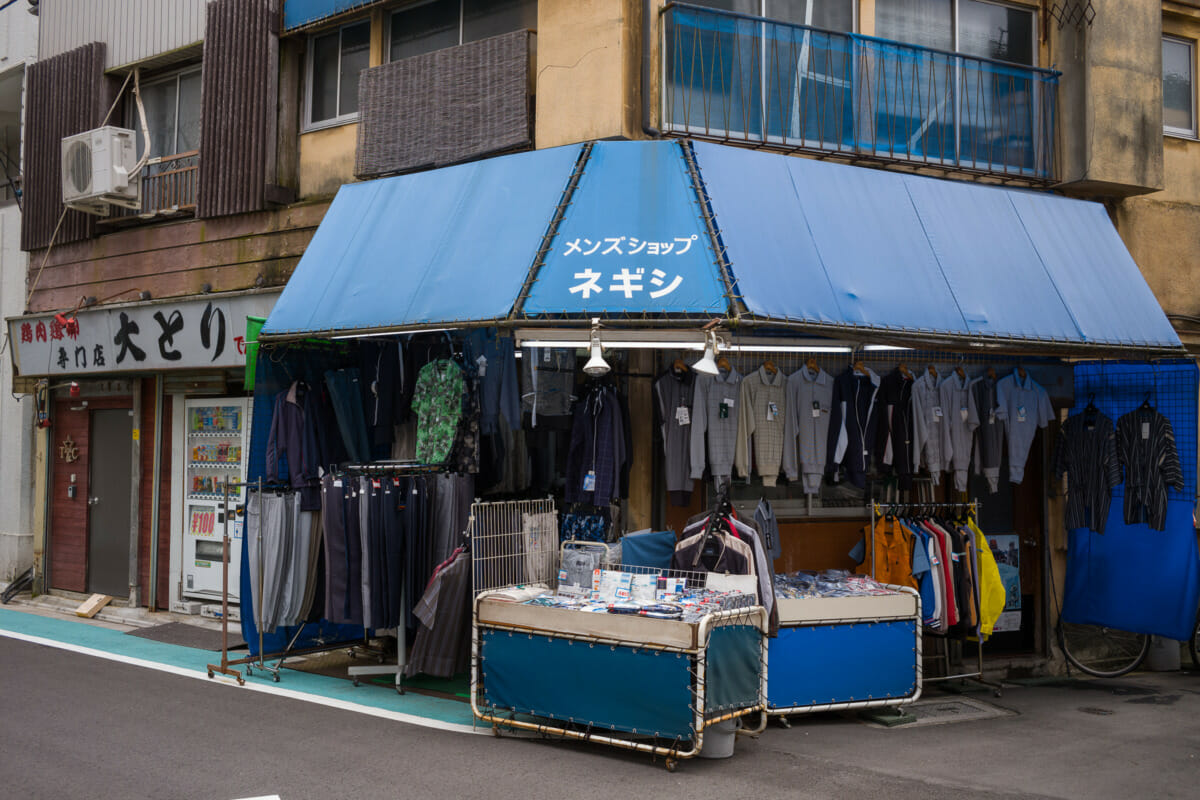
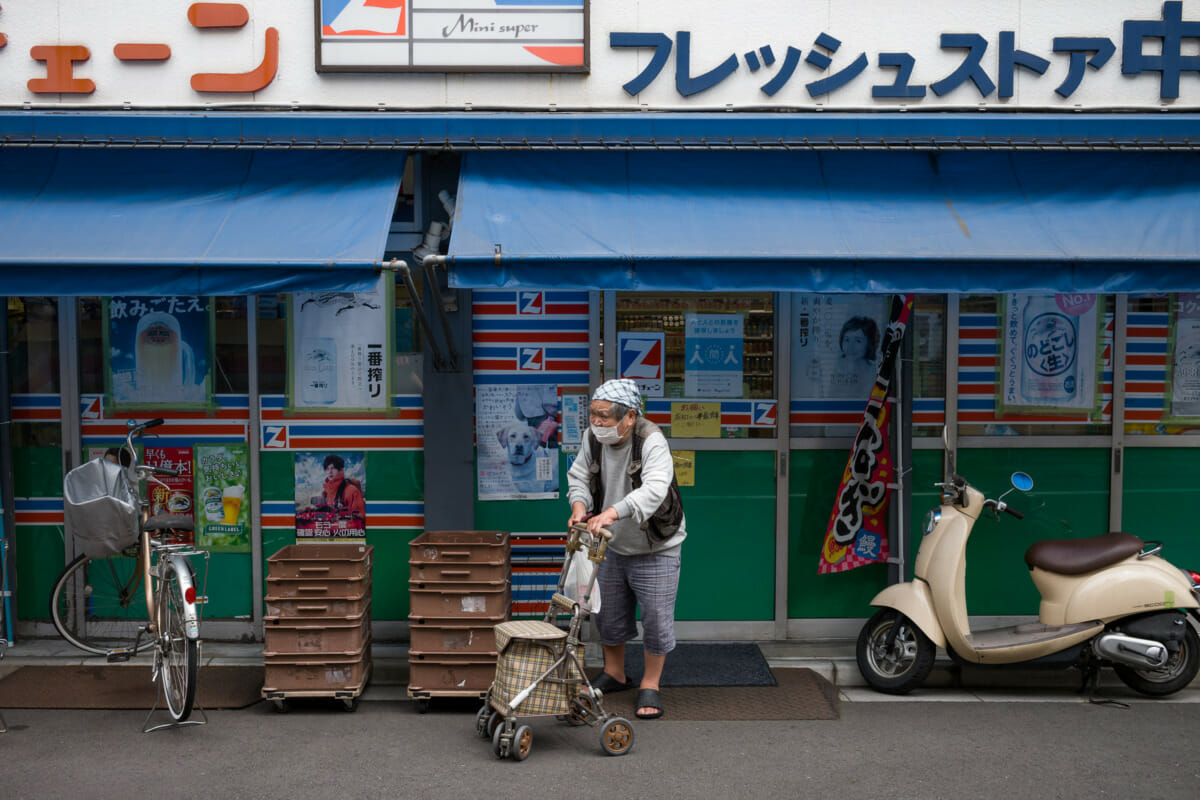
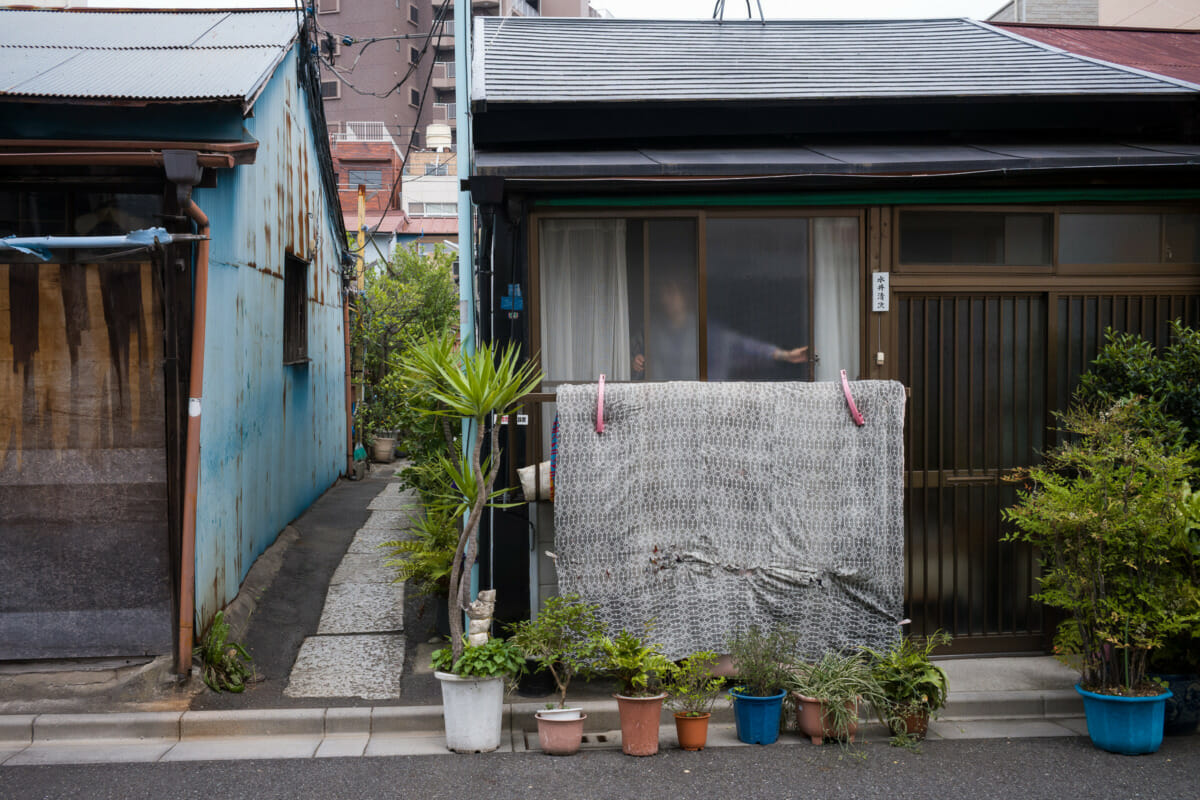
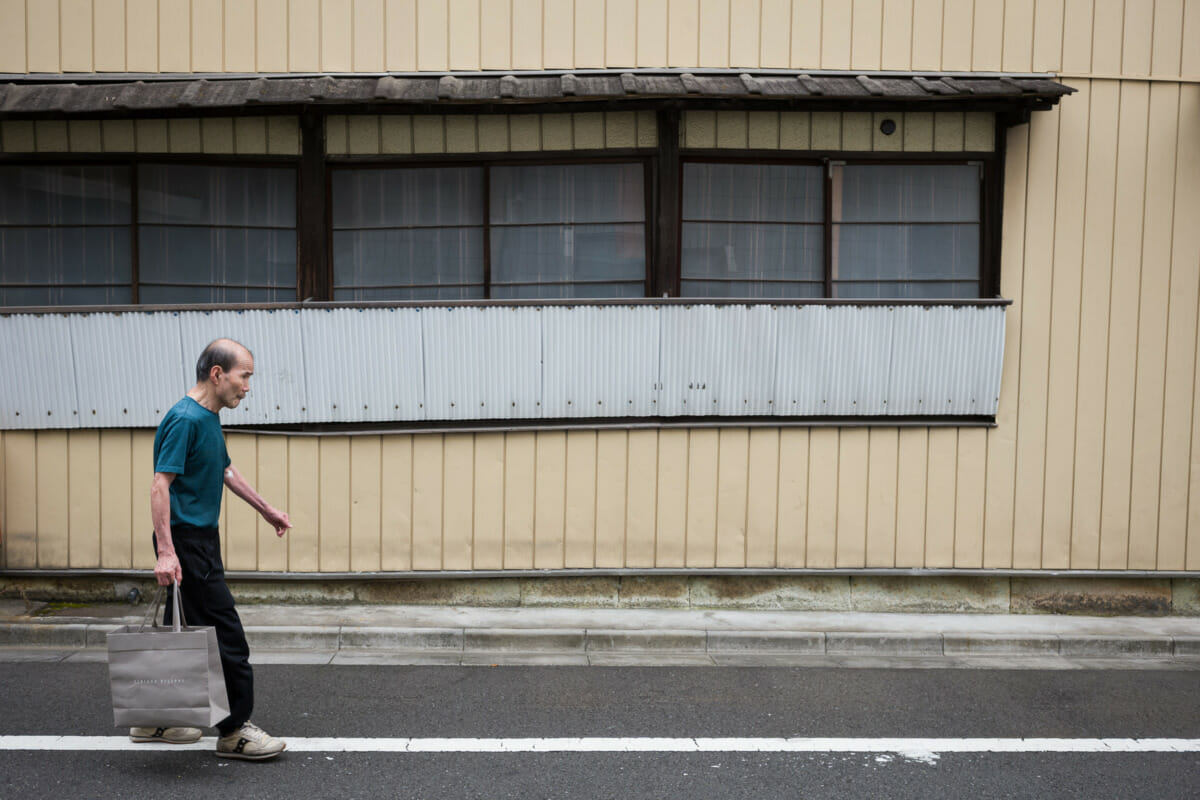
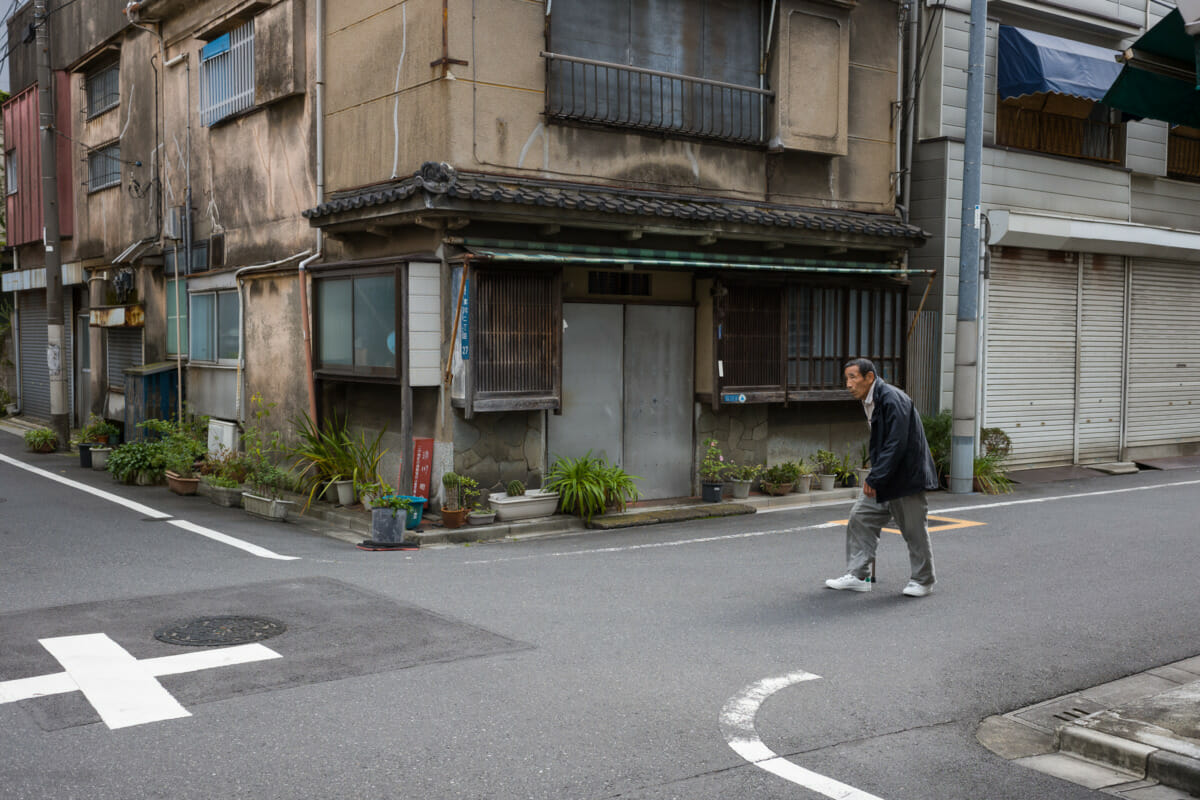
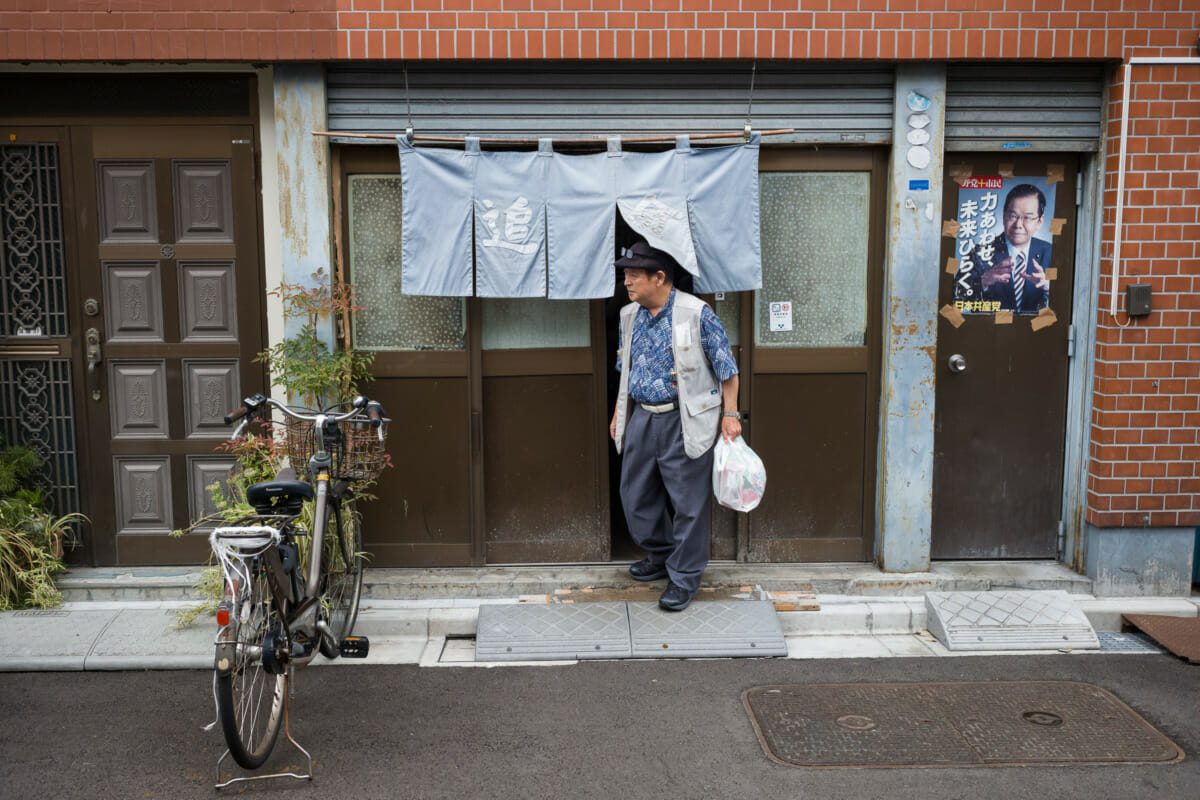
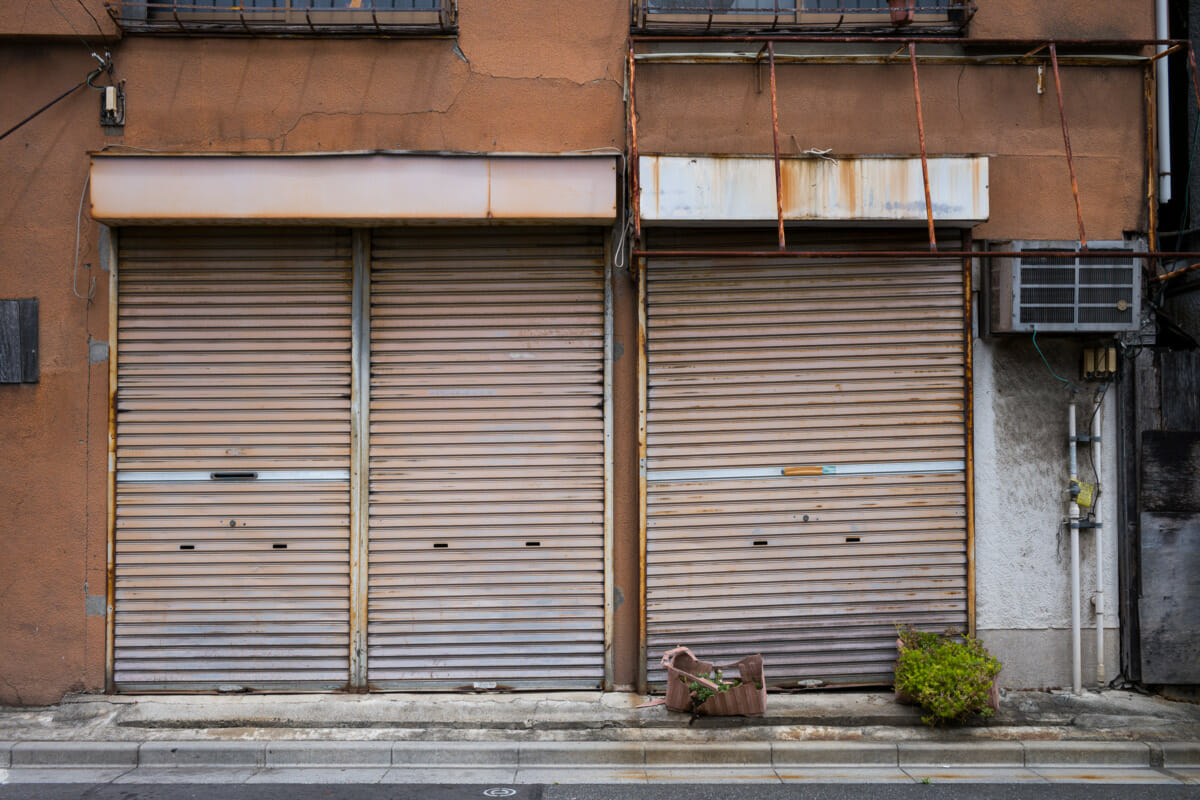
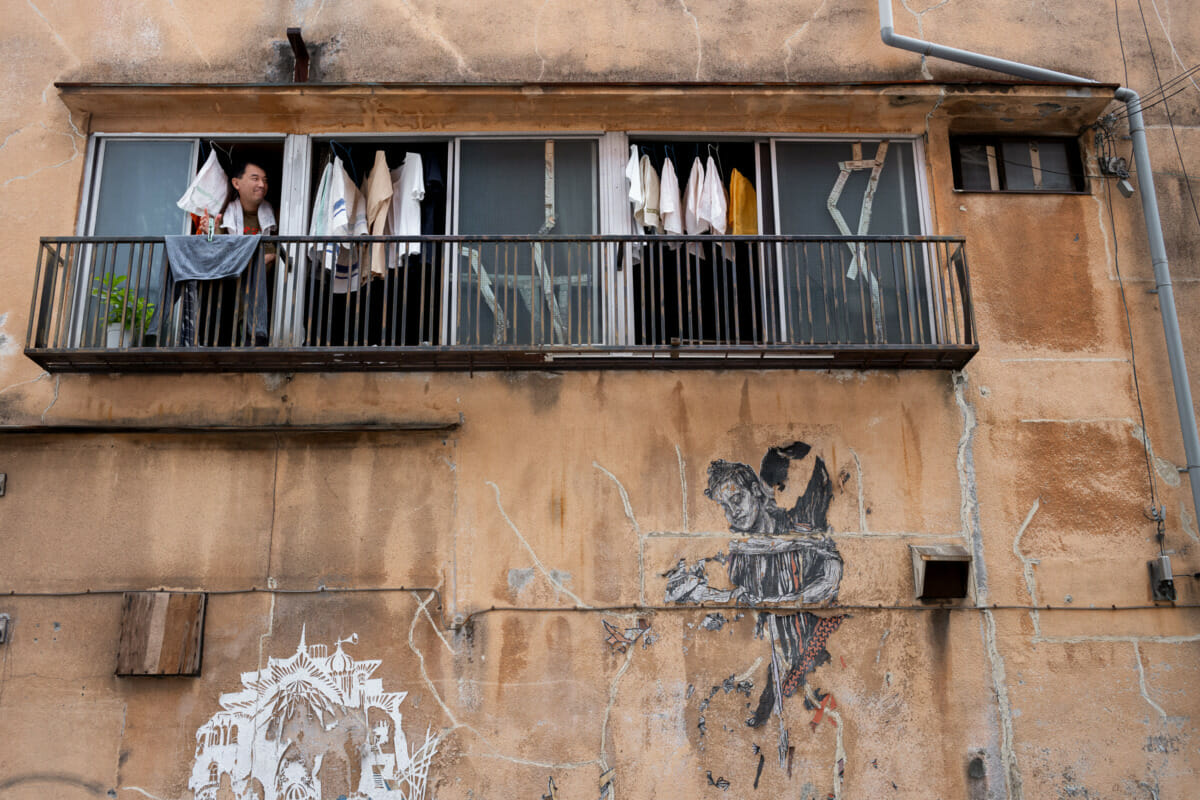
Linda Lombardi says
where there are potted plant gardens, there is hope
Steve says
Great comment.
Lee says
I completely agree with both of you.
Paul says
That’s damn true.
Günter says
I am so interested by the last photo. Is it a house?
Lee says
It’s definitely quite a place, but nah, it’s an apartment above a shuttered-up shop.
Paul Diamond says
Guess the place name survived the
Gov’t attempt to make it disappear and take the neighborhood with it, huh?
Lee says
It certainly has. Well, certainly everyone I’ve ever mentioned the area to knows it as Sanya anyway. Although interestingly, the vast majority of them have never actually been there…
ellen says
I can’t say I *enjoy* photos like these that you share but I do think they are interesting and important.
Lee says
Thank you very much. If you find them intersting, then I’m more than happy with that.
cdilla says
A superb trove of photographs so full, as you say, of unwritten stories. My favourite is the graffiti smile. After seeing several photographs of the same spot from 2010 to this one (via tokyotimes, getty, streetview) that is the first one with a smile in the window – and it is a surprising young one at that 🙂
Back in 2010 those windows had exactly the same tape holding the glass together, and every shot has clothes in the open windows. So some permanence – although it has to be said the graffiti has suffered over the years.
Lee says
Thank you. Glad that aspect comes through. And yeah, I’m wth you on that one. Such a special building, and that smile only adds to it.
I have no idea what the person who lives there does, but every single time I go past there is washing hanging up. If only the local glazier was as keen as that apartment’s washing machine. But yeah, the artwork is slowly disappearing. A shame, but at the same time, it’s interesting to see the gradual disintegration.
Sean says
Awesome set. The context adds so much. This is the Tokyo we don’t often hear about………
Lee says
Thanks a lot. Good to know the extra info was beneficial as well. And yeah, an area and side of Tokyo that isn’t covered much both home and abroad.
Rogerio Prado says
Wonderful work as a chronicler of the city.
Lee says
Thanks a lot. It’s a fascinating area to try and document every now and again that’s for sure.
Estelle Pizer says
An incredibly moving series. That woman behind the window pane… Eminem has a line about, ‘… guess that’s why they call it window pane (pain)’. Sarah is going to show me around tomorrow, thanks to you.
Tagomago says
Thanks for portraying this unexpected, gritty, and decadent (?) side of Tokyo so beautifully. There’s a lot of dignity in those images.